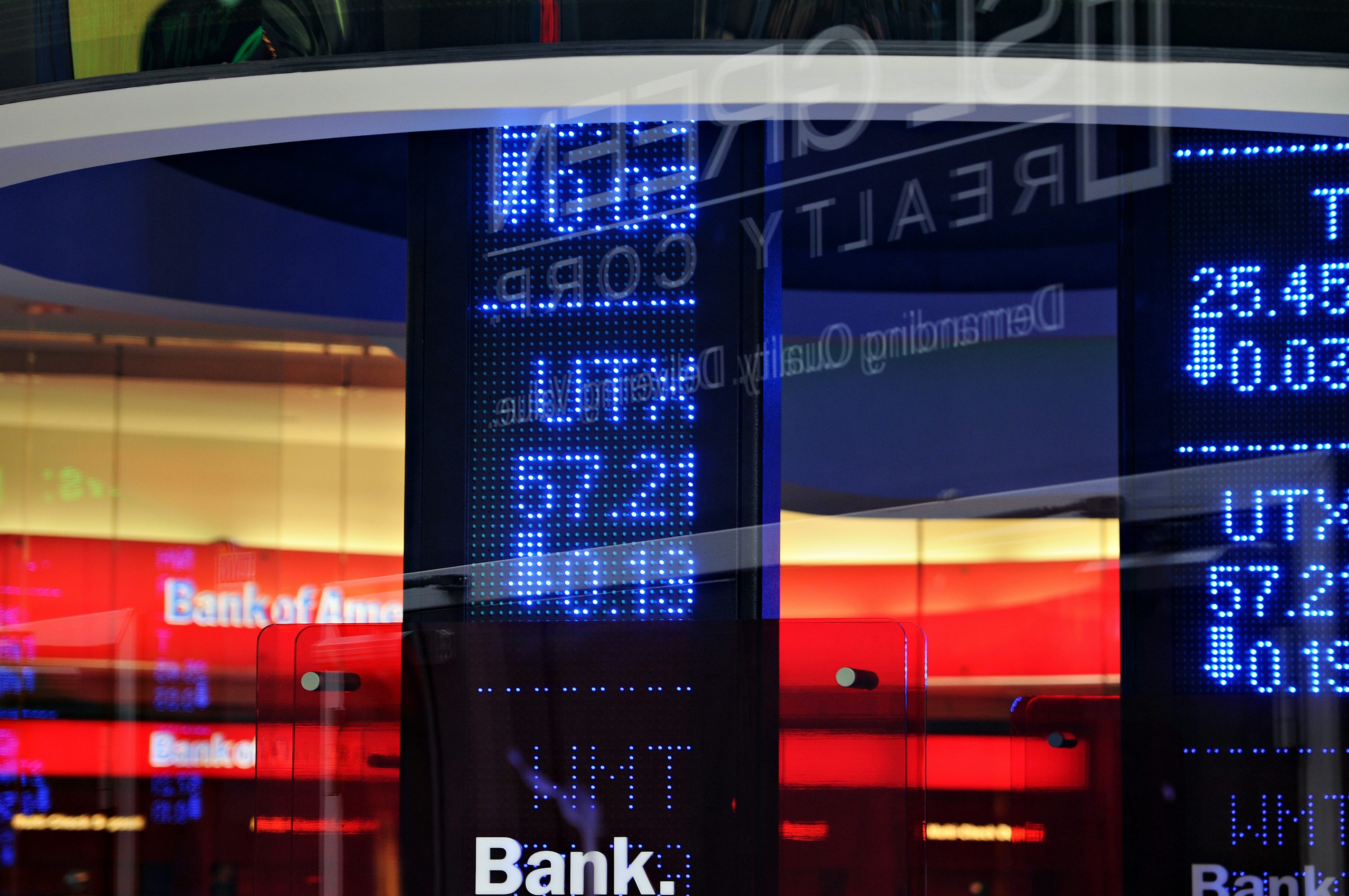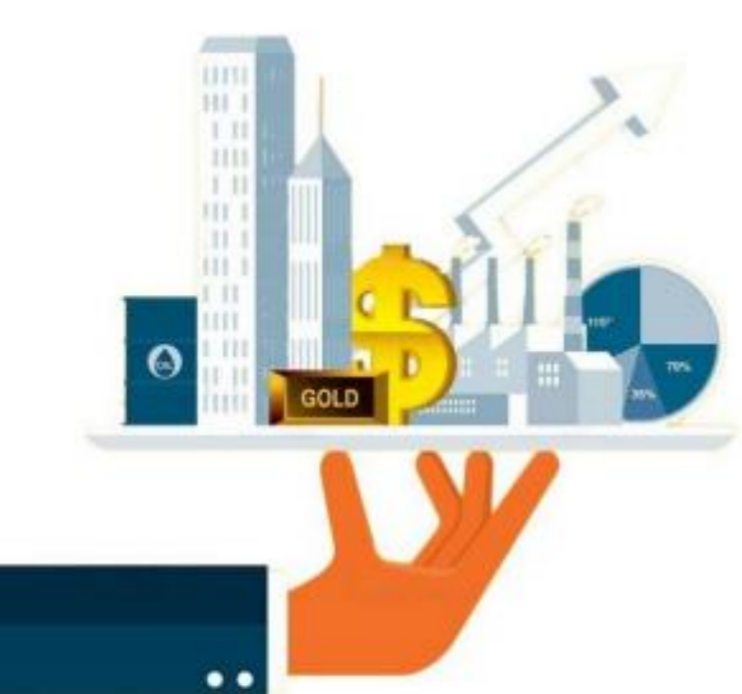In the vast world of financial markets, the fluctuation of prices is like tides, following the basic laws of supply and demand and value. However, there is a force that can break this seemingly rational balance, which is invisible but extremely destructive, and that is panic. Once panic breeds and spreads in the financial market, it is like a raging virus, spreading rapidly, causing violent market turmoil, causing investors to fall into chaos and confusion, asset prices deviating from fundamental values, and market order suffering a serious impact.

Financial market is essentially a highly complex and closely linked ecosystem. Investors are not isolated individuals, and their behaviors influence and interact with each other. When there is a trace of unfavorable wind and grass in the market, such as the poor performance of macroeconomic data, the release of corporate profit warning, or the tense escalation of the international political situation, it may plant the seeds of panic in the hearts of some investors. These investors may start selling assets out of excessive fear of losses or one-sided interpretation of information. And this selling behavior is like throwing a boulder on the calm lake, causing ripples in the market and attracting the attention of other investors.
As information spread among market participants at an alarming rate, panic began to ferment and spread. Modern information dissemination channels such as social media and financial news platforms enable market news to spread all over the world in an instant. Originally calm and rational investors, after witnessing the scenes of others selling in succession and overwhelming negative reports, their psychological defense gradually collapsed and joined the ranks of panic selling. Under the impact of a large number of selling orders, asset prices continue to fall, forming a vicious circle, further aggravating the panic atmosphere in the market.

To prevent the rapid spread of panic, we need to strengthen the transparency and timeliness of market information first. Regulators should urge listed companies, financial institutions and other market entities to disclose relevant information accurately and completely, so as to avoid the asymmetry and lag of information providing a hotbed for the breeding of panic. At the same time, for the spread of false information and rumors, it is necessary to establish a strict monitoring and punishment mechanism to clarify the facts in time and stabilize market expectations.
As the backbone of the market, financial institutions should shoulder the responsibility of maintaining market stability. By optimizing its own risk management strategy and rationally allocating assets, it can ensure that it has enough liquidity to meet the demand of customer redemption when the market is in turmoil, so as to avoid aggravating the market panic due to its own crisis. Moreover, analysts, researchers and other professionals in financial institutions should convey objective and rational market views to investors based on in-depth research and analysis, guide investors to establish correct investment concepts, and avoid blindly following the trend.

From the perspective of investors themselves, it is very important to improve their financial literacy and risk awareness. Investors should thoroughly study financial knowledge, understand the operating mechanism of the market and the risk characteristics of various assets, and learn to remain calm and rational in the complex and changeable market environment. Formulate a scientific and reasonable investment strategy, and strictly follow the implementation of the strategy, not influenced by short-term market fluctuations. For example, diversified asset allocation will be adopted to diversify funds into different industries, different regions and different types of assets, so as to reduce the impact of single asset fluctuation on the overall portfolio.






